Fifty-two years ago today, 100,000 people lined the banks of the River Avon in Bristol as the SS Great Britain returned to her birthplace. In the intervening years, the rusting hulk was meticulously restored to her former glory and now rests in the drydock where she was built. As a museum ship, she is visited by between 150,000 and 200,000 visitors annually. Here is an updated repost about the grand old ship, followed by a video about her return to Bristol in 1970.
In the spring of 2016, I visited the museum ship SS Great Britain, in Bristol, UK. When she was launched in 1843, the iron-hulled luxury passenger steamship SS Great Britain was described as “the greatest experiment since the Creation.”

 An updated repost fitting for the day.
An updated repost fitting for the day. In February, we posted
In February, we posted 
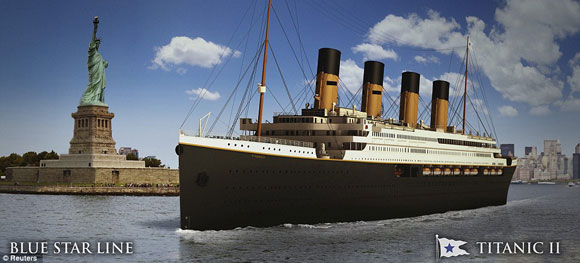 For a decade, we have followed the various announcements by Australian billionaire Clive Palmer regarding his
For a decade, we have followed the various announcements by Australian billionaire Clive Palmer regarding his 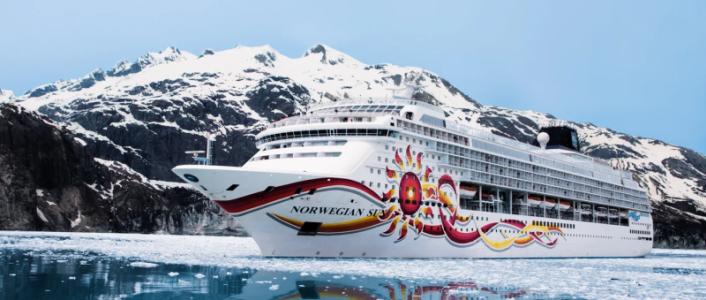
 Earlier this month, the 180,000 cubic meter ultra-large LNG carrier
Earlier this month, the 180,000 cubic meter ultra-large LNG carrier 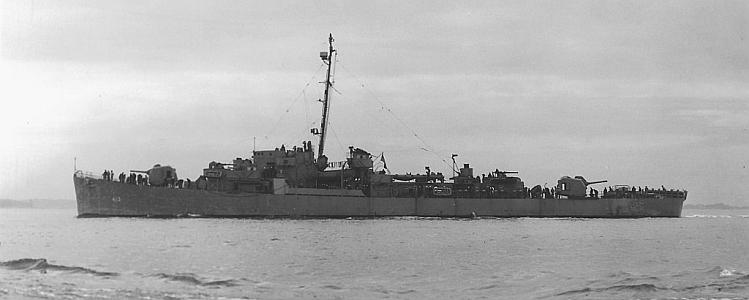 The
The 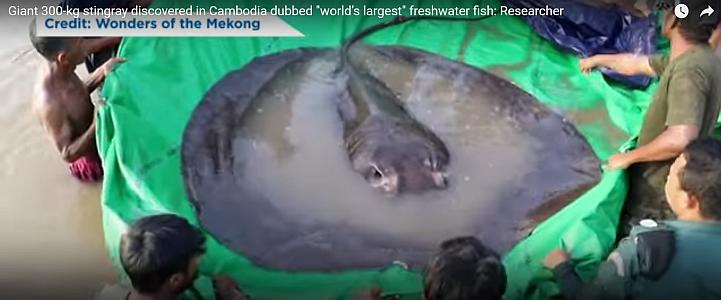 On June 13th, Moul Thun, a 42-year-old fisherman from Kaoh Preah, a remote island in the Mekong River, in northern Cambodia, hooked an exceptionally large
On June 13th, Moul Thun, a 42-year-old fisherman from Kaoh Preah, a remote island in the Mekong River, in northern Cambodia, hooked an exceptionally large 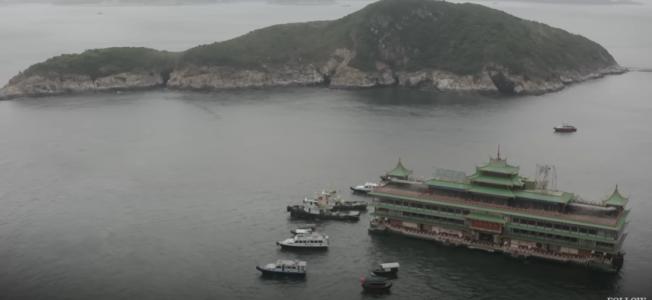
 A cruise ship that would have ranked as one of the world’s largest is going straight from the shipyard building ways to the scrappers.
A cruise ship that would have ranked as one of the world’s largest is going straight from the shipyard building ways to the scrappers. 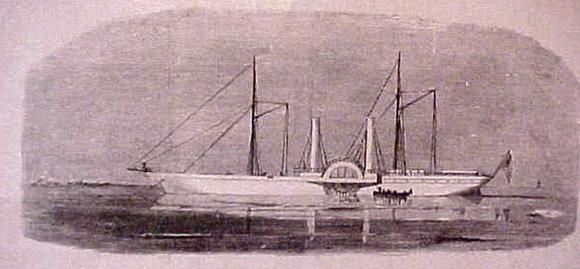
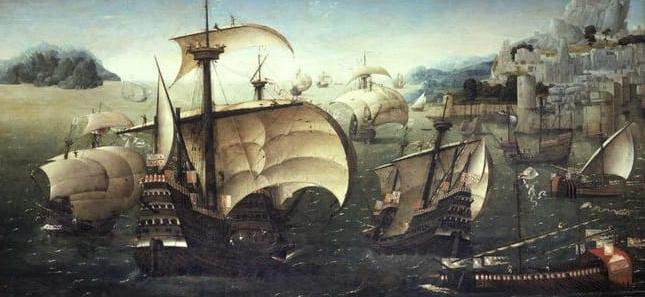 In 2010, we posted about the
In 2010, we posted about the  China has launched a semi-autonomous unmanned research vessel designed to serve as a “mother ship” for more than 50 unmanned aircraft, surface vessels, and submersible drones.
China has launched a semi-autonomous unmanned research vessel designed to serve as a “mother ship” for more than 50 unmanned aircraft, surface vessels, and submersible drones. Canada and Denmark have ended the good-natured “whisky war” over
Canada and Denmark have ended the good-natured “whisky war” over